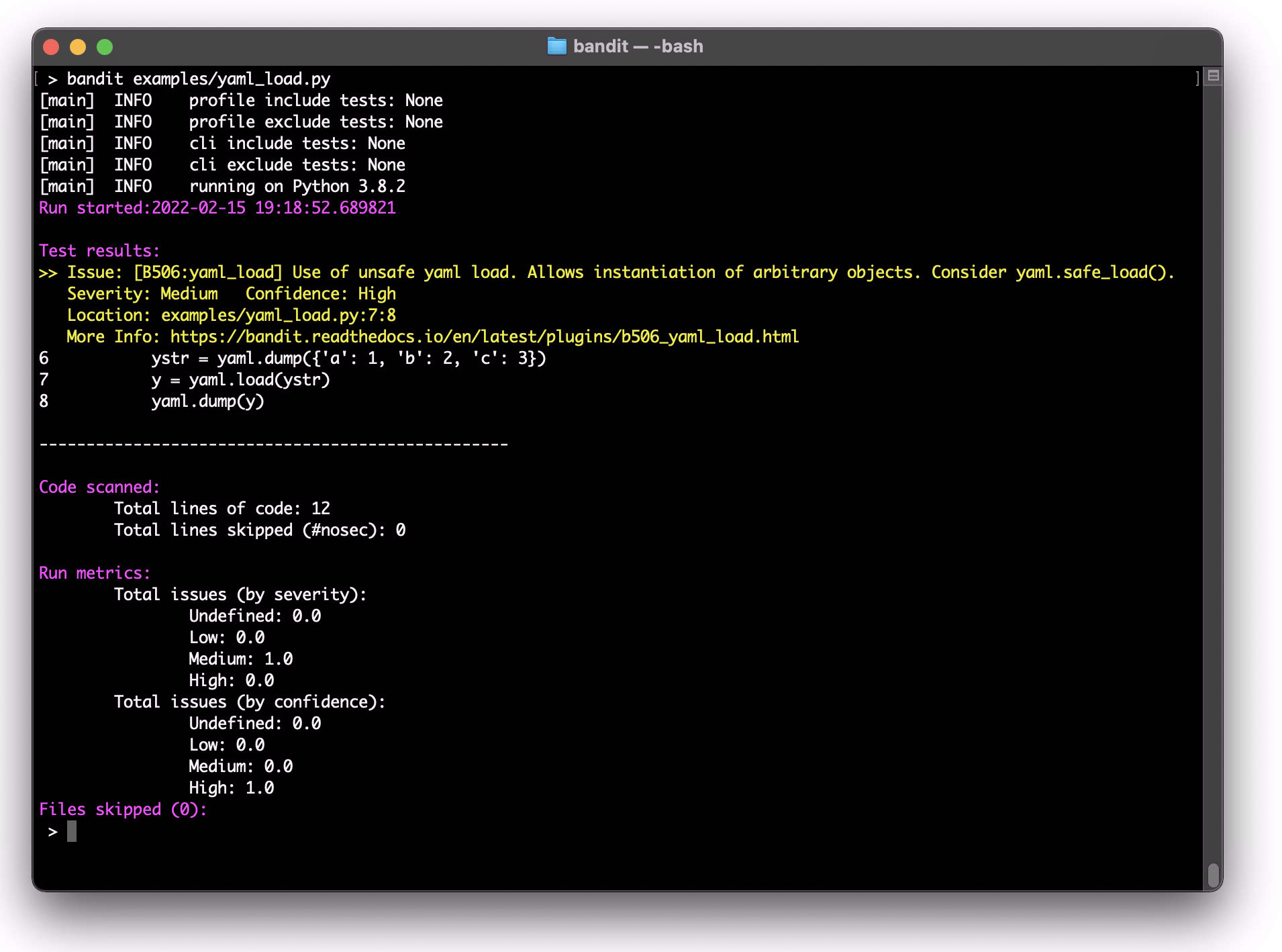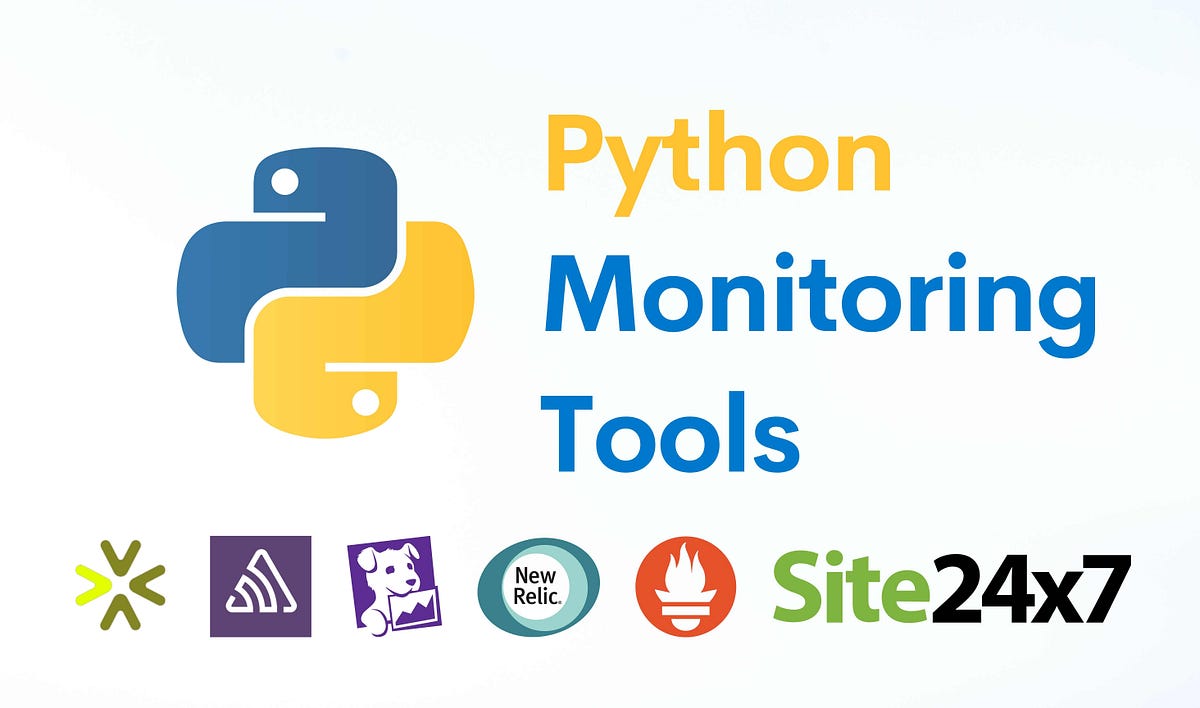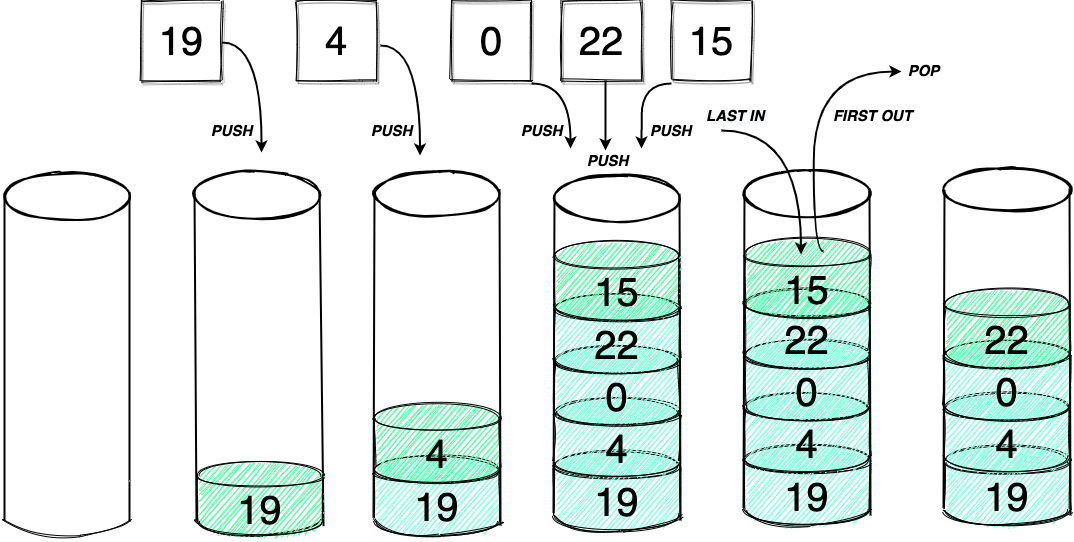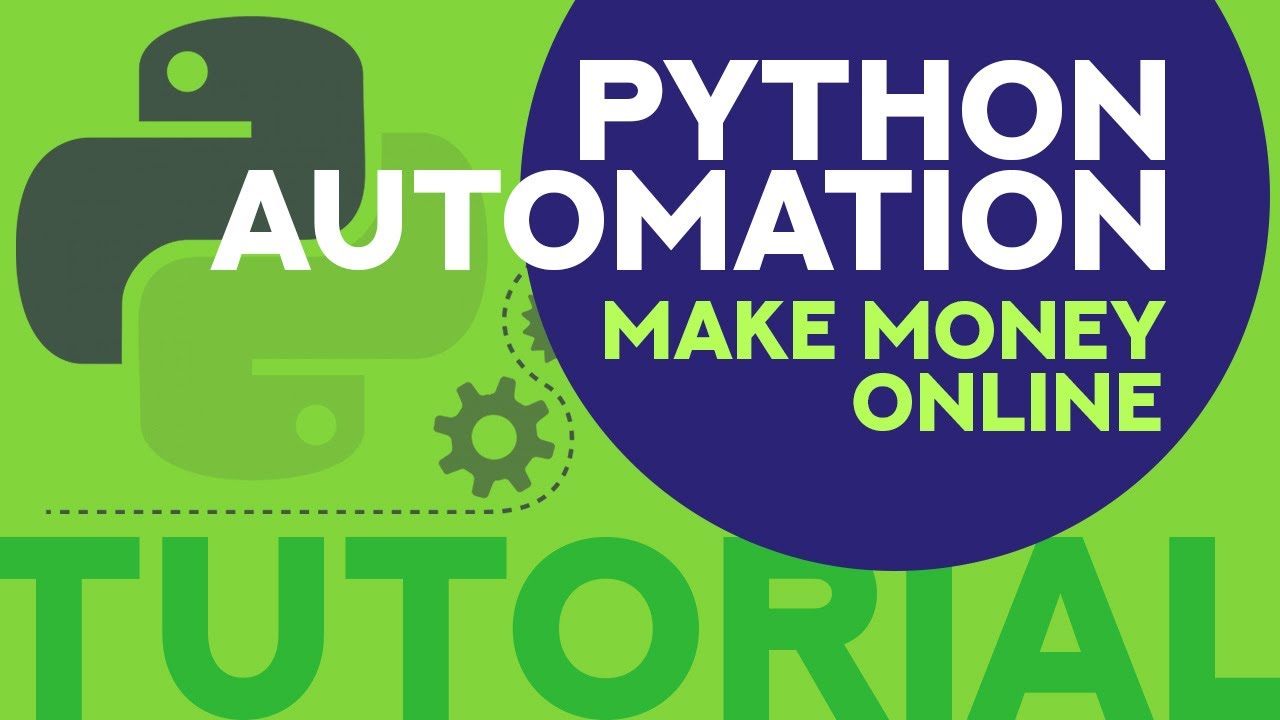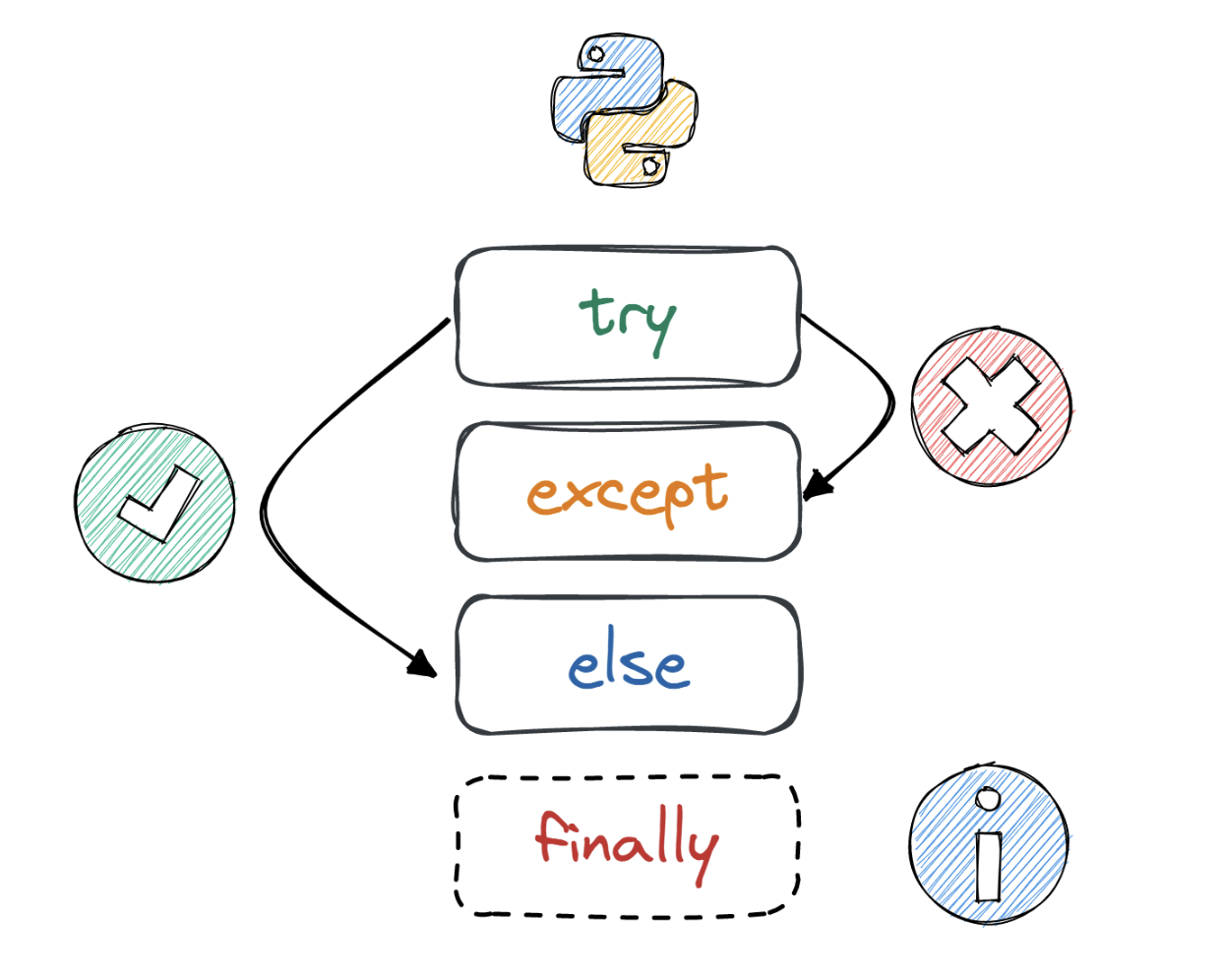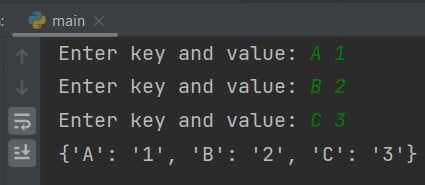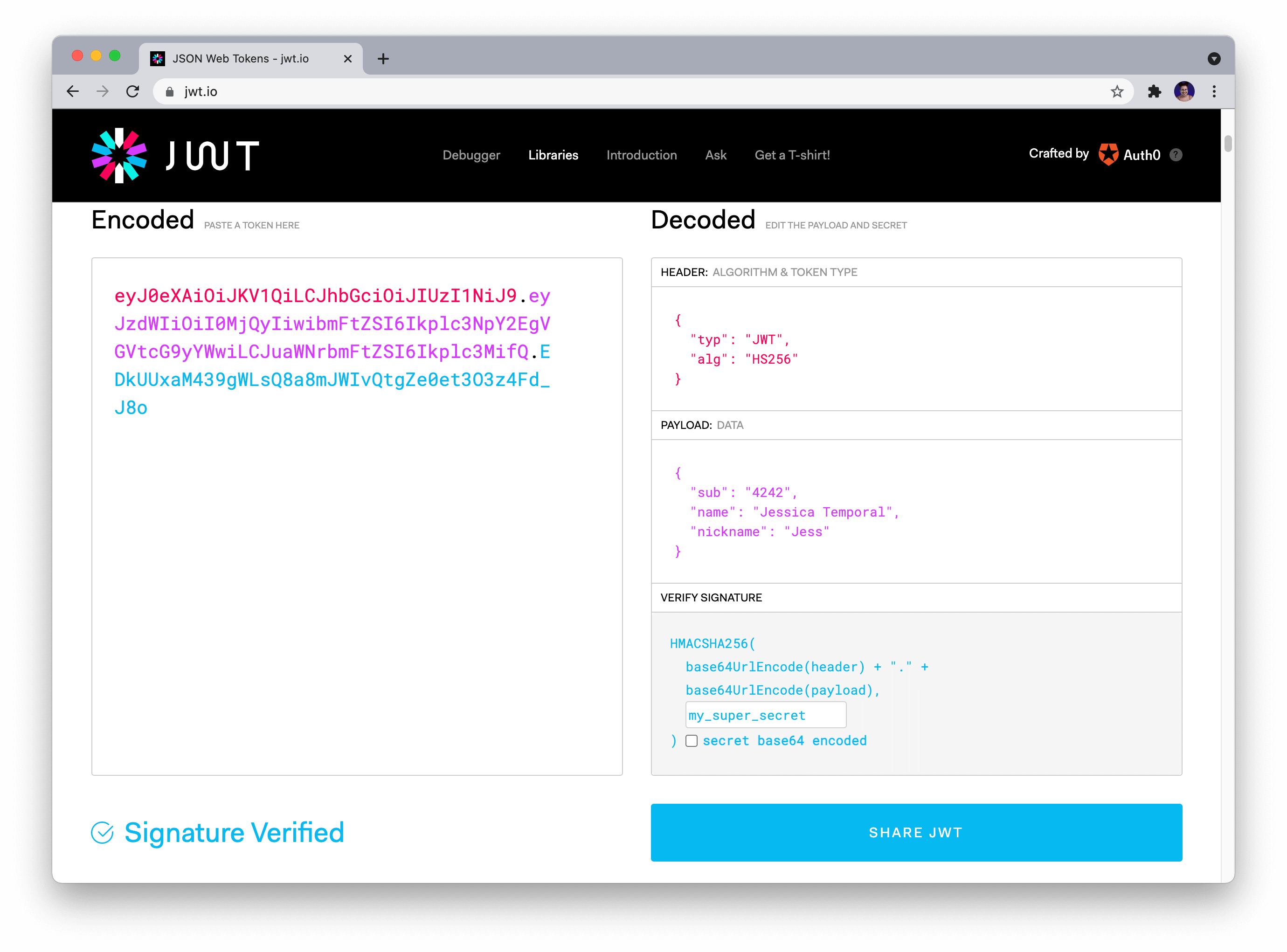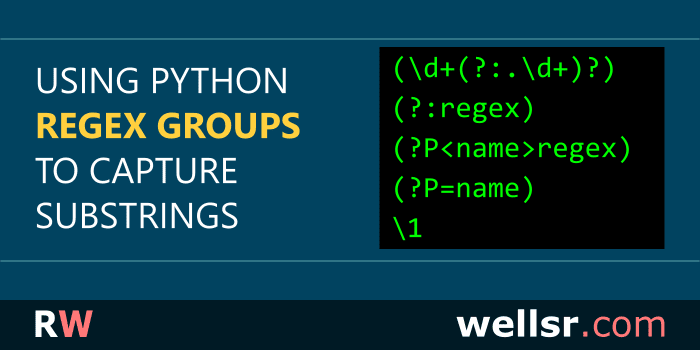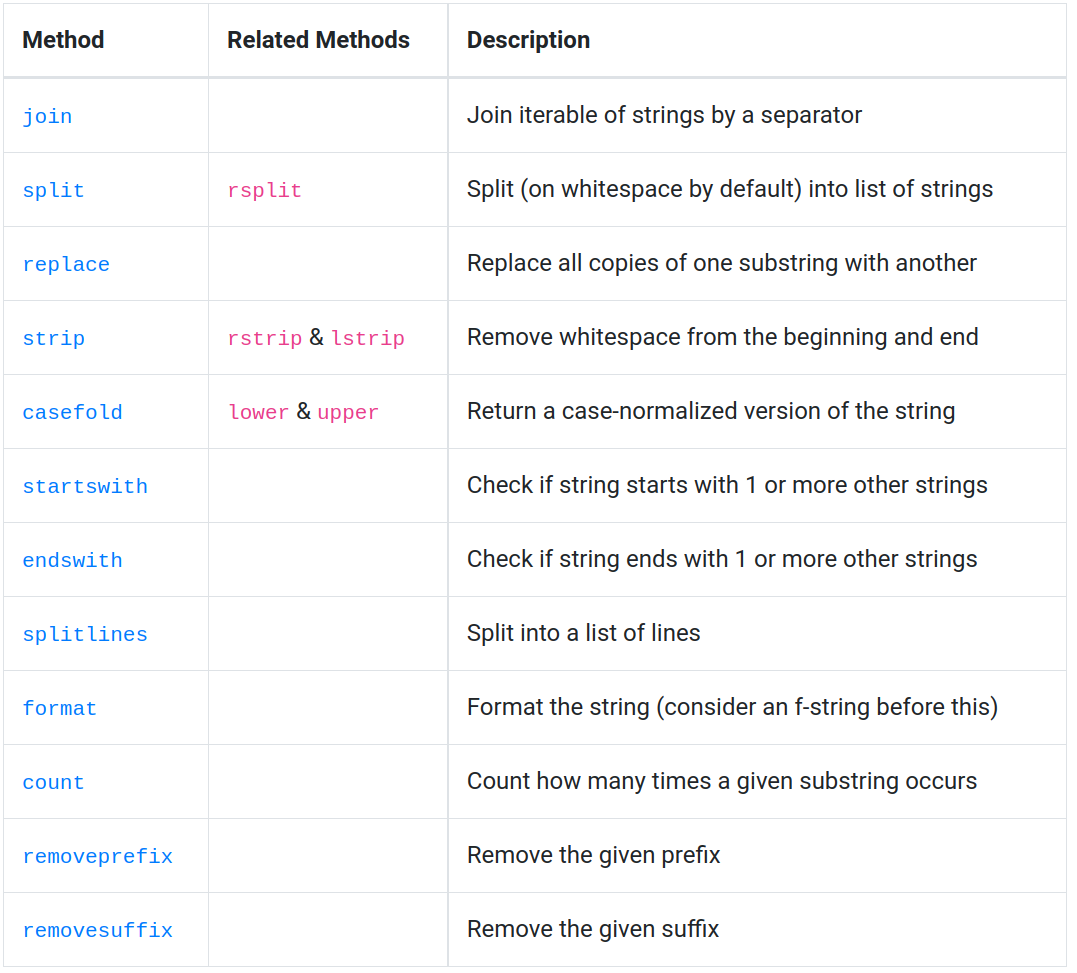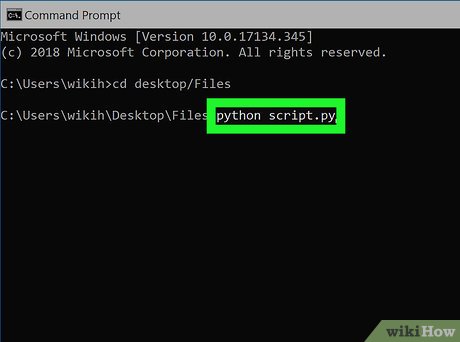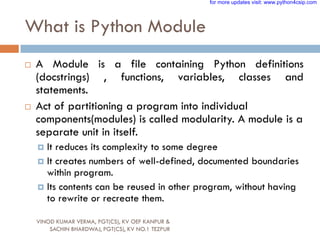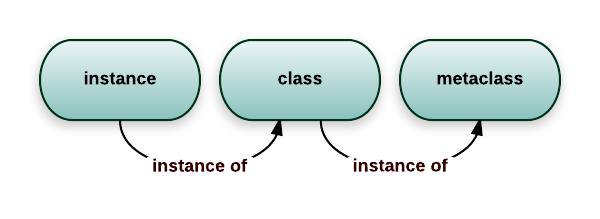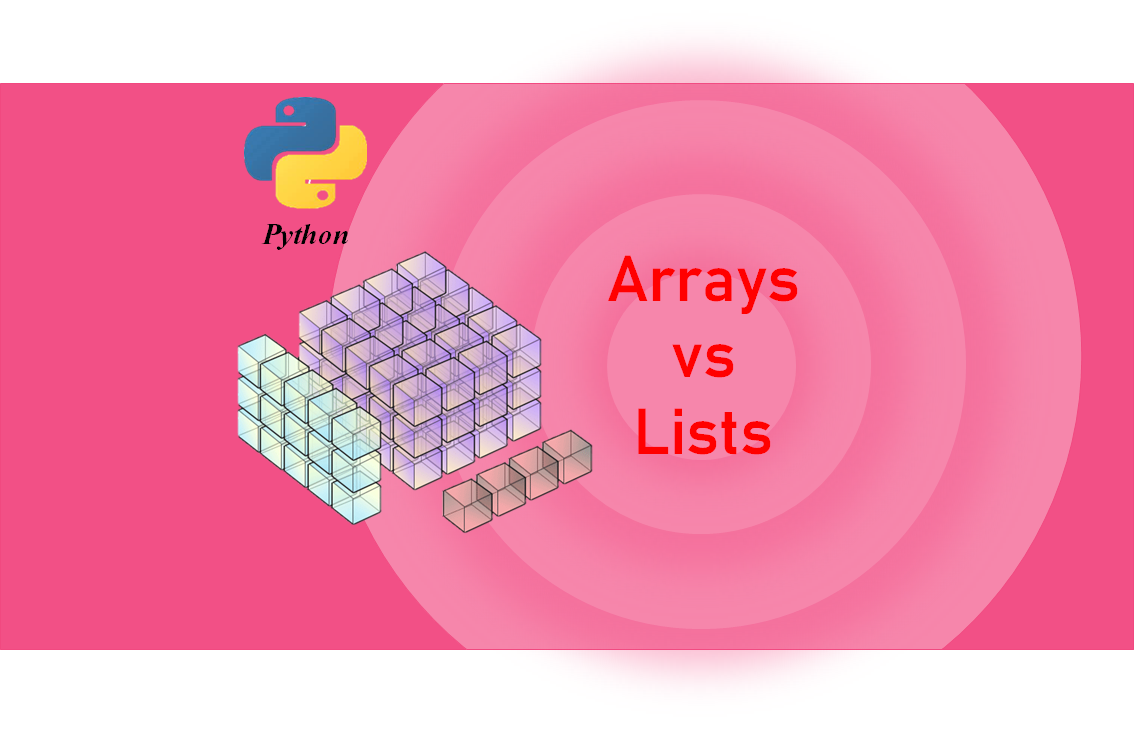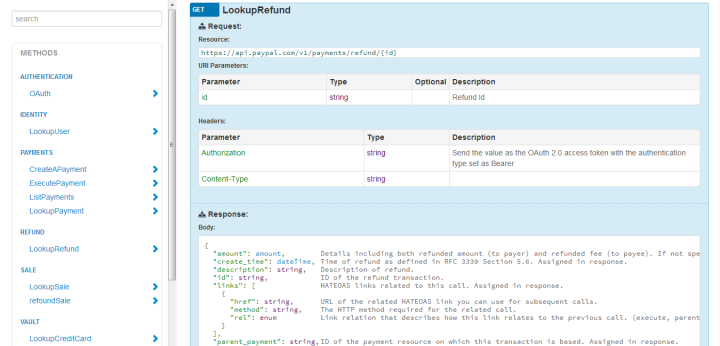Inbuilt stack in Python
Inbuilt stack in Python
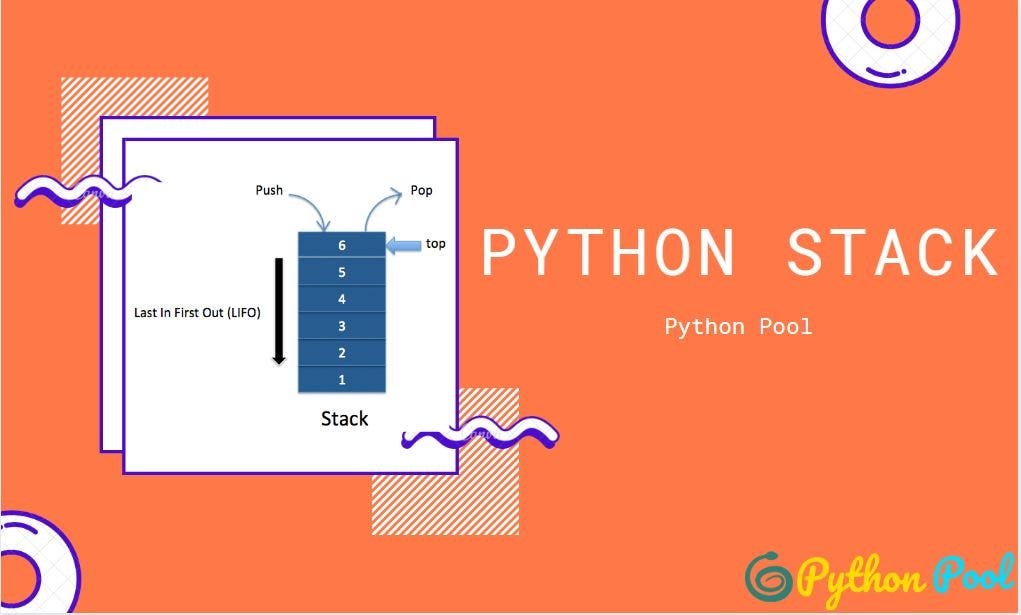
I'm happy to respond in English for you!
In Python, the built-in stack data structure is implemented using the list data type. A stack is a linear data structure that follows the Last-In-First-Out (LIFO) principle, meaning the last element added to the stack will be the first one removed.
Here's how you can create and manipulate a stack in Python:
# Creating an empty stack
stack = []
Pushing elements onto the stack
stack.append(1)
stack.append(2)
stack.append(3)
print(stack) # Output: [1, 2, 3]
Popping elements from the stack
popped_element = stack.pop()
print(popped_element) # Output: 3
print(stack) # Output: [1, 2]
Checking if the stack is empty
if not stack:
print("The stack is empty!")
In this example, we first create an empty stack using stack = []. Then, we use the append method to push three elements (1, 2, and 3) onto the stack. After that, we pop the top element from the stack using popped_element = stack.pop(), which returns the value 3.
Note that when you pop an element from the stack, it removes the last element added to the stack.
In Python, the pop method without any arguments will remove and return the last element of the list (or stack). If you want to remove all elements at once, you can use the clear method: stack.clear().
Here are some key operations on a stack in Python:
Push: Adding an element to the top of the stack usingappend. Pop: Removing the top element from the stack using pop(). Peek: Looking at the top element without removing it (not implemented by default, but you can create your own function for this).
In summary, Python's built-in list type provides a simple way to implement a stack data structure using standard operations like append and pop. This makes it easy to work with stacks in your Python programs!
How to convert list to stack in Python?
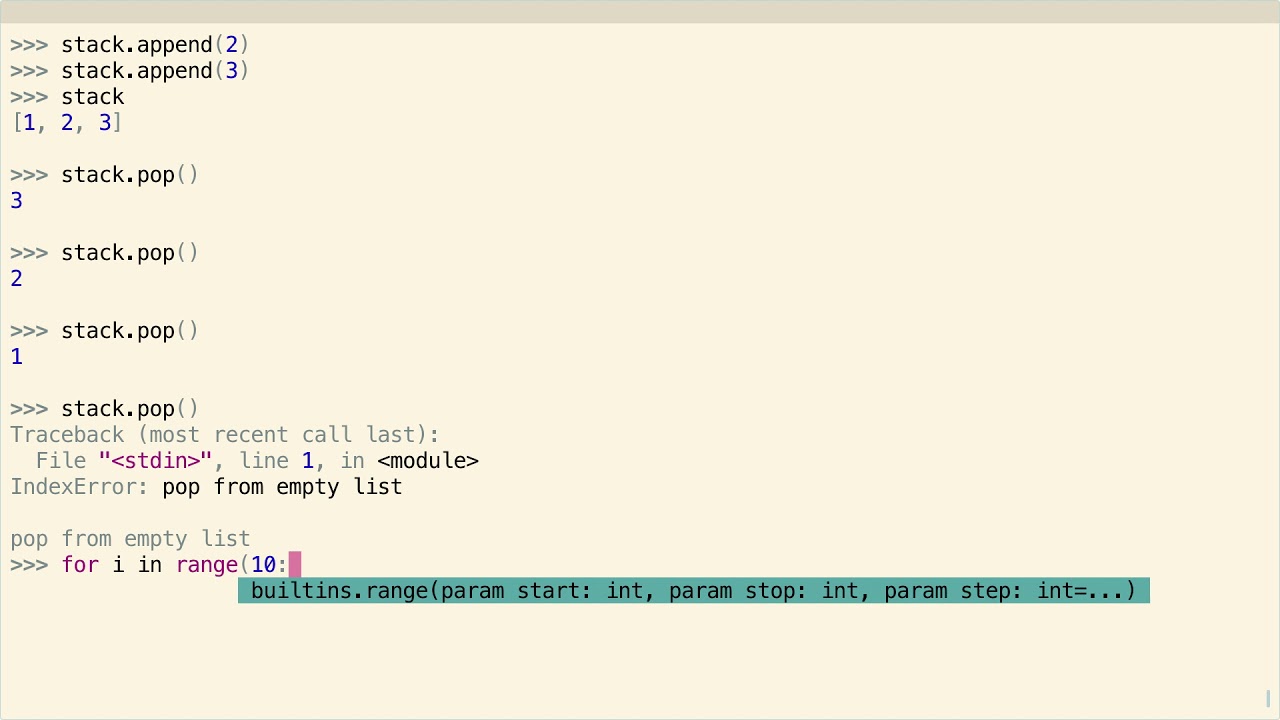
I'm happy to help you with that!
Converting a list to a stack in Python can be achieved using various methods, depending on your specific requirements and constraints. In this response, we will explore a few approaches.
Method 1: Using the list and stack modules (Python 3.x)
In Python 3.x, you can use the list module to create a stack data structure from a list. Here's an example:
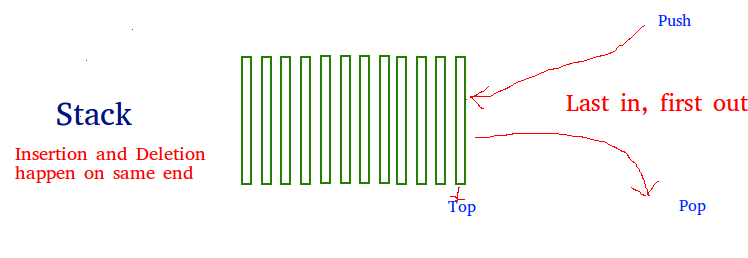
import queue as Stack
my_list = [1, 2, 3]
my_stack = []

for item in my_list:
my_stack.append(item)
print(my_stack) # prints: [1, 2, 3]
To convert the stack back to a list
converted_list = list(my_stack)
print(converted_list) # prints: [1, 2, 3]
In this method, we create an empty Stack object and append each item from the original list onto it. We then print the stack contents, which are essentially the elements of the original list in reverse order.
To convert the stack back to a list, you can use the list() constructor on the stack object.
Method 2: Using the deque module (Python 3.x)
Another approach is to utilize the deque (double-ended queue) module from the Python standard library. The deque data structure provides both stack and queue operations:
from collections import deque
my_list = [1, 2, 3]
my_stack = deque()
for item in my_list:
my_stack.append(item)
print(my_stack) # prints: deque([1, 2, 3])
To convert the stack back to a list
converted_list = list(my_stack)
print(converted_list) # prints: [1, 2, 3]
In this method, we create an empty deque object and append each item from the original list onto it. We then print the deque contents, which are essentially the elements of the original list in reverse order.
Converting the deque back to a list is straightforward using the list() constructor.
Method 3: Using recursion (Python 2.x/3.x)
If you prefer not to use built-in data structures or libraries, you can implement your own stack conversion algorithm using recursive function calls:
def convert_list_to_stack(my_list):
if len(my_list) == 0:
return []
else:
item = my_list.pop()
return [item] + convert_list_to_stack(my_list)
my_list = [1, 2, 3]
converted_stack = convert_list_to_stack(my_list)
print(converted_stack) # prints: [1, 2, 3]
In this method, the convert_list_to_stack() function takes a list as input and recursively removes elements from the front (using pop(0)) until the original list is empty. The result is a new stack containing the same items in reverse order.
Keep in mind that recursion can be less efficient than using built-in data structures or libraries, especially for larger lists.
In conclusion, there are several ways to convert a list to a stack in Python, each with its own strengths and weaknesses. Depending on your specific requirements and constraints, you can choose the method that best suits your needs.
